Van Gogh's Palette: Blending Paintings, Letters, and VR at the Musée d'Orsay
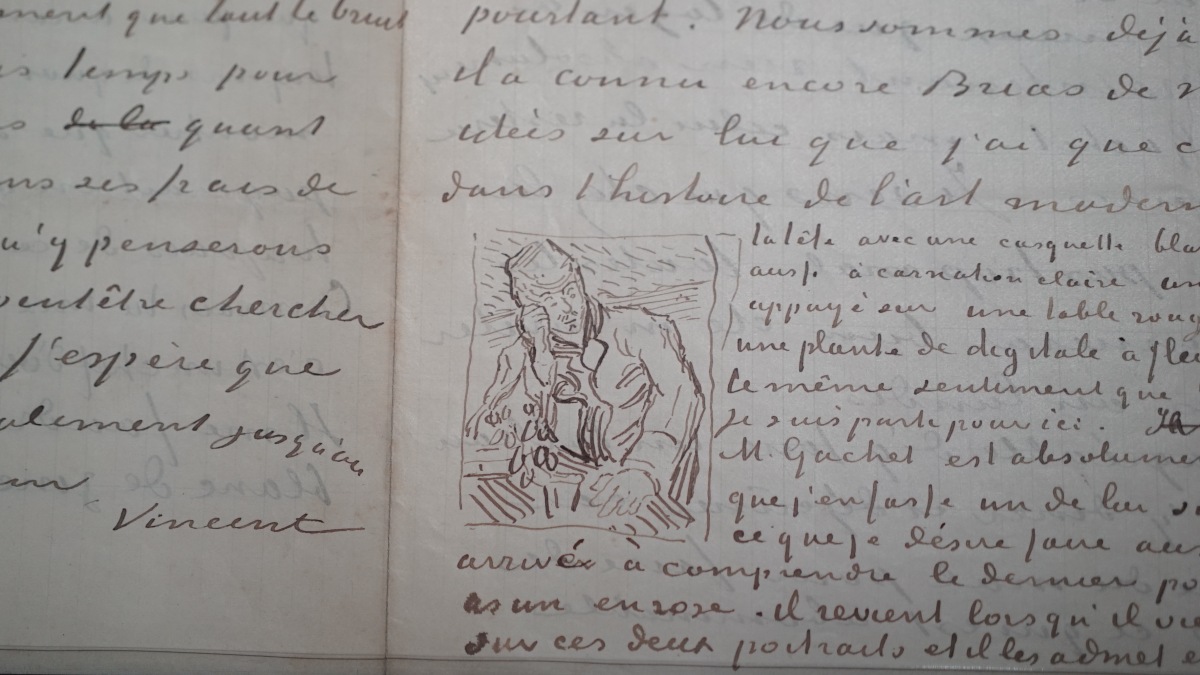
Extended Reality
12-minute read
Paris, after four years away, I am back in this familiar city. That sense of familiarity stems from my previous trip to the Louvre Museum, thanks to the VIVE Arts collaboration on the Mona Lisa project. Additionally, it comes from my visits to a virtual Paris in the metaverse during the global lockdown, where I explored "Eternal Notre-Dame" and the Moulin Rouge in the award-winning VR title "Le Bal de Paris."
Known as the "City of Art," Paris is home to world-class art museums that dazzle the eyes. In fact, these museums have purposefully different collection strategies designed to complement each other. The three famous museums in Paris - the Louvre, the Musée d'Orsay, and the Pompidou Center - each encompass major art movements from ancient classical times to modern and contemporary, reflecting all the important stages in art history.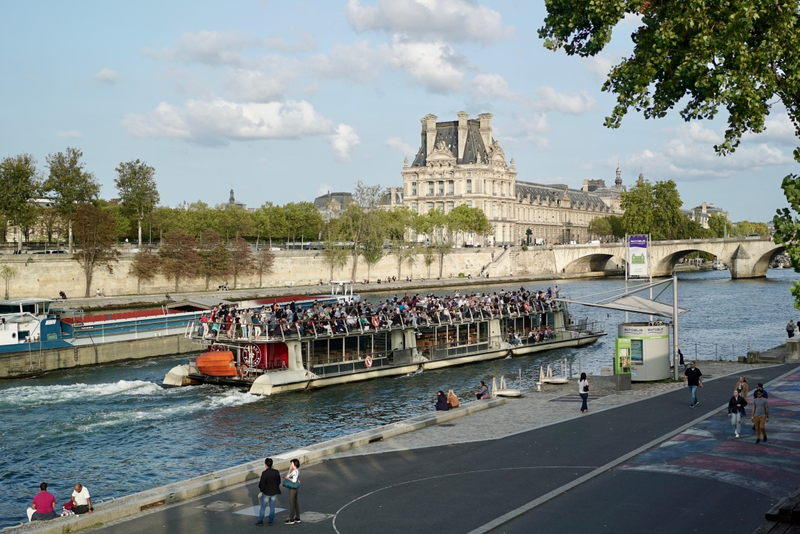
View of the Musée d'Orsay from the Seine River.
The Louvre's collection features pieces from ancient Egyptian artifacts to 19th-century European paintings. The Pompidou Center presents modern and contemporary art, including movements such as Cubism, Surrealism, and Abstract Expressionism from the 20th and 21st centuries. The Musée d'Orsay, currently hosting the Van Gogh exhibition, primarily features art from the late 19th century to the early 20th century, particularly the collection of Impressionist and Post-Impressionist works. You can find well-known names and artworks such as those by Manet, Cézanne, Signac, Seurat, and the beloved Monet, Renoir, and of course, Van Gogh.
A Once-in-a-Lifetime Van Gogh Exhibition
It is only natural that the Musée d'Orsay, which houses many of Van Gogh's paintings, is hosting the exhibition "Van Gogh in Auvers-sur-Oise: The Final Months." Fun fact: The Musée d'Orsay was originally a train station. In the 1960s, due to insufficient space, the site was slated for demolition. However, the French government decided to transform it into an art museum instead, relocating all the late 19th and early 20th-century artworks from the Louvre to the newly established museum. Later, in 2010, the Musée d'Orsay merged with the Musée de l'Orangerie, famous for its collection of Monet's Water Lilies. Since then, these three world-famous museums in Paris have stood on the banks of the Seine, facing each other.
On the opening day in October, we arrived early at the Musée d'Orsay. Taking advantage of the moment before a crowd of journalists surrounded Pierre-Emmanuel Lecerf, the General Administrator of the Musée d'Orsay, I pulled him aside and sat him down on a nearby sofa.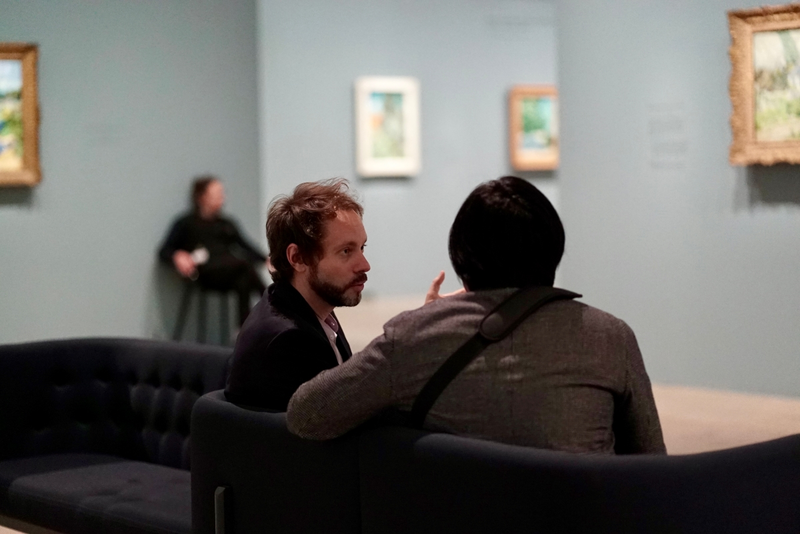
Pierre-Emmanuel Lecerf, General Administrator of the Musée d'Orsay, and me.
He candidly said, "This is unique because only two museums in the world can organize this exhibition: the Van Gogh Museum in Amsterdam and the Musée d'Orsay."
Why? "For two reasons. First of all, we have them together. We have the most impressive collection of Van Gogh's last works, from his period in Auvers-sur-Oise. Second, these works were donated to the museum with a condition. The condition is that they cannot travel unless it is to a museum dedicated to Van Gogh. So, our Van Gogh works never travel except to the Van Gogh Museum in Amsterdam. We are the only ones able to do this exhibition. It's the first time we're focusing an exhibition on the last two months of Van Gogh's life. And this is probably the only exhibition of its kind that will be organized. Some of the works are too fragile to travel. So, next time, it will be hard to assemble so many works by Van Gogh."
Van Gogh's Letters as the Narrative for the Exhibition
Speaking of this red-haired Dutch painter, many people's impression of him is "madness," and they might even visualize his self-portrait after cutting off his ear. His violent and surging creative energy, coupled with an unstable impulsiveness, might have been what led Van Gogh towards the abyss of madness, but it also contributed to his unique and extraordinary nature.
In February 1888, weary of the noisy Paris, Van Gogh moved to Arles in the south of France to concentrate on his art. Deeply admiring Gauguin, he invited him to join him in Arles. The two became roommates at the end of October, agreeing to live and inspire each other through their creative work. However, this cohabitation lasted only two months before the infamous ear-cutting incident occurred, leading to the end of their relationship. Deeply affected, Van Gogh moved into the Saint-Rémy mental hospital the following May, where he spent a year in restorative care. Upon discharge, following his brother Theo's advice, he moved to Auvers-sur-Oise near Paris on May 21, 1890, to receive treatment from Dr. Paul Gachet.
The countdown of Van Gogh's last two months began.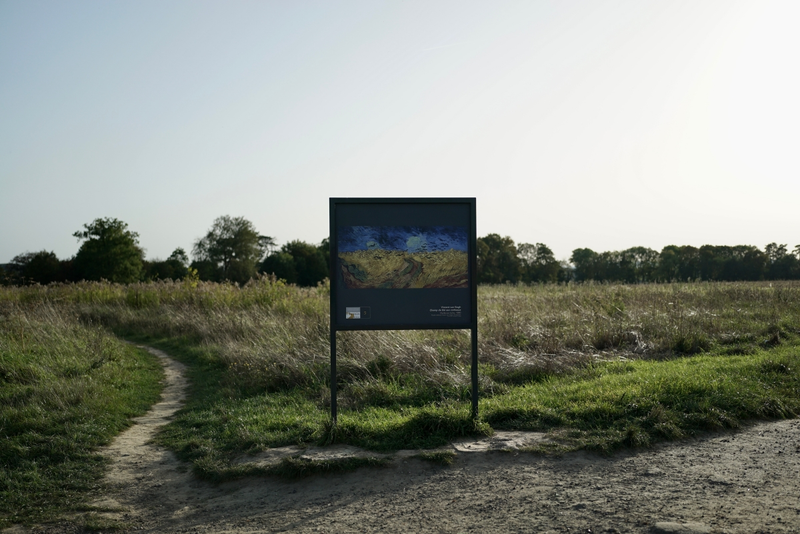 A Wheatfield without Crows.
A Wheatfield without Crows.
"The ending is already known; what is truly intriguing is the process," I sighed to Pierre-Emmanuel Lecerf.
Pierre-Emmanuel Lecerf then explained to me why the Musée d'Orsay chose to exhibit Van Gogh's final days, not in chronological order, but based on his mental state. "Van Gogh was not only a painter but also a writer. He wrote letters that revealed much about his psychological state. Doctors and medical researchers are very interested in Van Gogh because it's almost like someone explaining why he is sad and what affects him. Thus, his writing is a very important material for understanding Van Gogh. Therefore, we decided to mix approaches, displaying his paintings while simultaneously showcasing what he was writing.
"Is Van Gogh himself acting as the guide in this exhibition? Is this an attempt at a new narrative?" I asked.
Pierre-Emmanuel Lecerf nodded and said, "There are also relationships between Van Gogh's paintings and letters. He would write a letter describing his painting, or he might write a letter on the same day he was creating a new work of art. We discovered a lot from this. On the day he painted the 'Wheatfield with Crows', he was extremely sad. He said, 'I didn't want to inhibit myself, I wanted to show I was sad.' This reveals something about the painting. You could have a more positive interpretation of the painting, but knowing he was truly sad that day and didn't want to conceal it, but rather show it, influences the interpretation. Additionally, just a few days before he committed suicide, he was writing about his plans to exhibit his work in a café. This suggests that when he decided to paint this last series of paintings, all in the same format, he likely intended to exhibit them. So, he was looking forward and thinking about the future, yet just a few days later, he committed suicide. This tells a story of instability and a state of mind that must have been extremely erratic."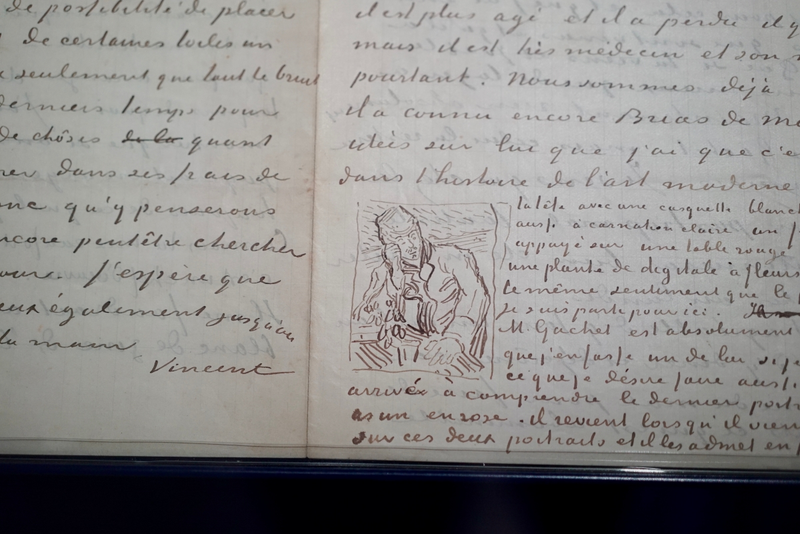
In a letter to his brother Theo, Vincent also documented his creative process in writing.
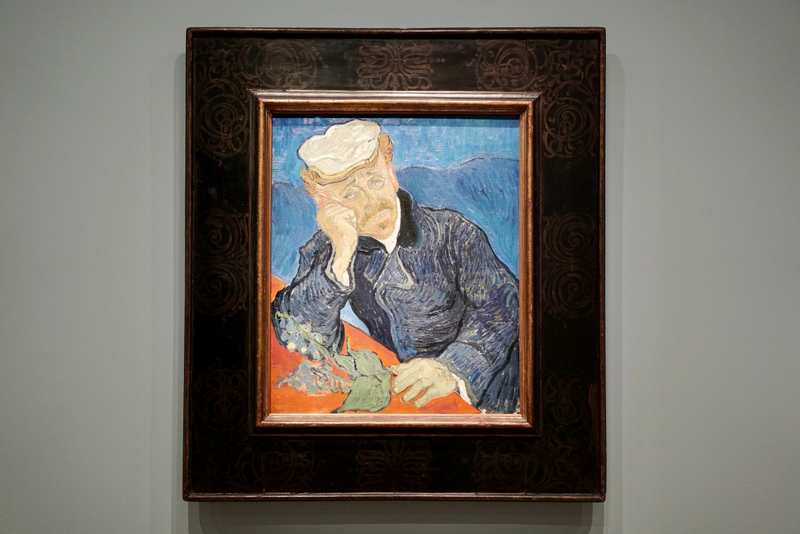 Portrait of Dr. Gachet.
Portrait of Dr. Gachet.
During his 87 days in Auvers-sur-Oise, which marked the end of Van Gogh's life, he completed almost a painting every day, making it the most productive period of his career. Despite his high creative energy, he felt a deep sense of loneliness. He wrote letters to his brother Theo daily, capturing almost all of his feelings in words. "Yes, almost every day," Pierre-Emmanuel Lecerf continued, "Some days are very colorful, some days are very sad. So you can almost get into the psyche of Van Gogh. You enter his mind. You understand his thoughts."
The text of the letters, serving as a complement to his historically significant paintings, allows us to see Van Gogh's thoughts and thereby glimpse into his inner states. But is it truly possible to enter Van Gogh's world? The answer is affirmative, and the key lies in virtual reality. This is precisely why the Musée d'Orsay needs the "Van Gogh's Palette" VR experience to complete the puzzle.
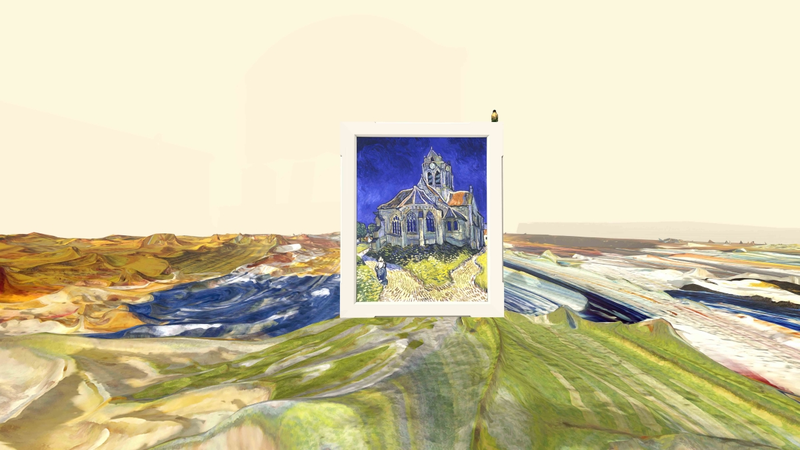 The Church at Auvers in the "Van Gogh's Palette" VR Experience.
The Church at Auvers in the "Van Gogh's Palette" VR Experience.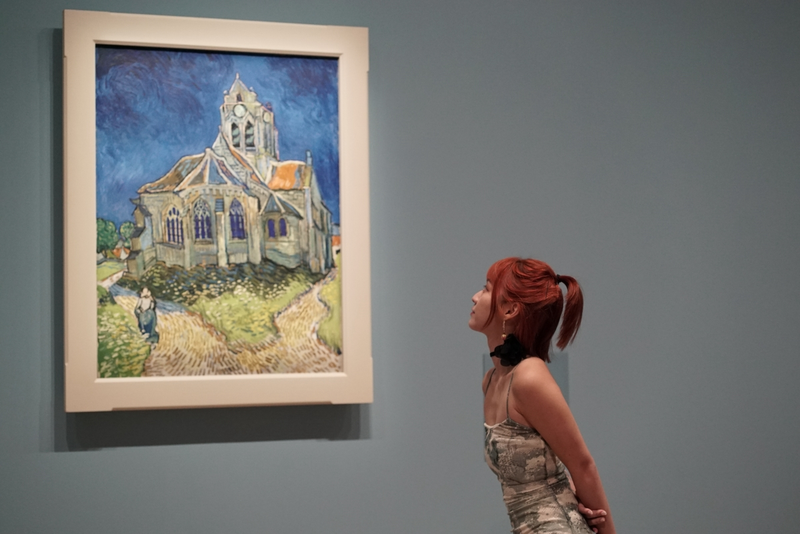
Original Painting of "The Church at Auvers" in the Musée d'Orsay.
Before discussing "Van Gogh's Palette," let's start with some background. VIVE Arts and Musée d'Orsay actually have a long-standing relationship. "In fact, we collaborated with the Orangerie on 'Monet - The Water Lily Obsession' back in 2018," explained Celina Yeh, Director of VIVE Arts. The Orangerie and the Musée d'Orsay are part of the same institution and merged in 2010 to become a hub for Impressionist art. "More specifically, this Van Gogh project marks their second collaboration. "For us, this project offers many new experiences, such as using the VIVE XR Elite in a museum setting for the first time, since we previously focused on PCVR," Yeh added. The VIVE XR Elite, a standalone VR device, is certainly more convenient. Additionally, as observed in the VR experience area of the Van Gogh exhibition, both the number of VR units and the size of the space have increased compared to previous VIVE Arts exhibitions.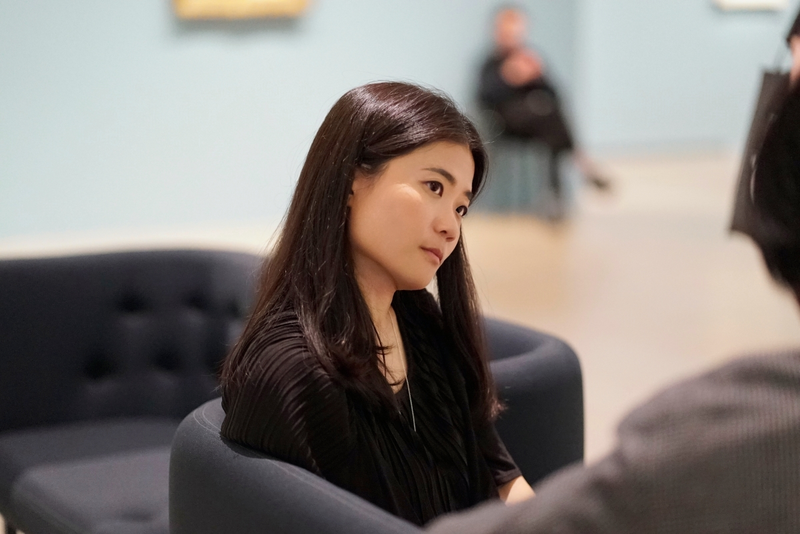
Celina Yeh, Director of VIVE Arts.
Therefore, when speaking with Pierre-Emmanuel Lecerf, the General Administrator of the Musée d'Orsay, who is already familiar with VR, he praised the graphic quality and hand-tracking capabilities of the VIVE XR Elite: "Now the technology is good enough to give you this immersive feeling of entering the work of Van Gogh. So, you start with the materiality of the color. You delve into the color and then enter a painting. The painting is actually the gateway and the beginning of a journey into Van Gogh's thoughts and ideas. It's really an immersion into the poetic realm of Van Gogh's creativity."
A Palette Borrowed from Dr. Gachet
"Van Gogh's Palette" is not just the name of the VR work but also a real artifact. I encountered this palette, which Van Gogh used during his final days, at the Van Gogh exhibition, but it left me pondering: What is the story behind this palette?
That very day, I found a clue. I had arranged to meet with Chloé Jarry, CEO of Lucid Realities, and made my way to the Lucid Realities studio located in the 11th arrondissement of Paris.
(Just a side note, there's a great café called Passager just across the street.)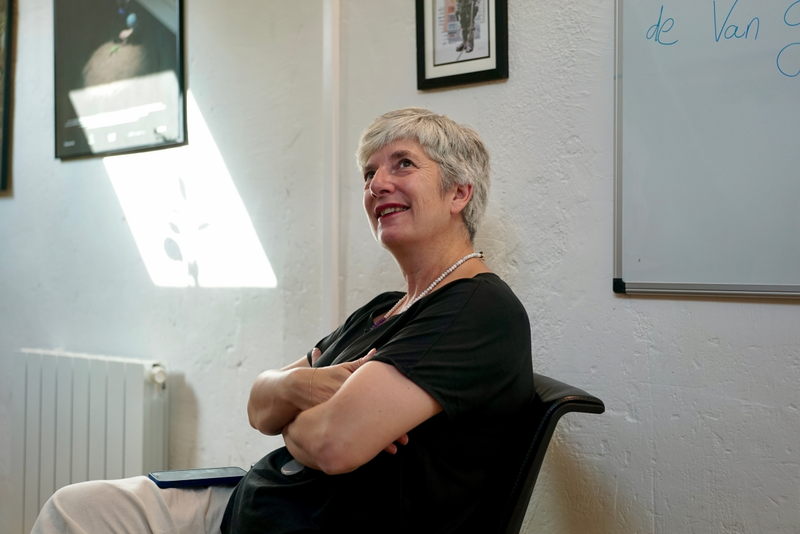
Chloé Jarry, CEO of Lucid Realities.
"Van Gogh's Palette" is a collaboration between VIVE Arts, the Musée d'Orsay, Tournez S'il Vous Plait, and Lucid Realities. The directors of the VR experience are Agnès Molia and Gordon, who have previously collaborated with Lucid Realities multiple times. "At the beginning, we really wanted to focus on the colors in Van Gogh's paintings. Then, after a while, we discovered this palette as part of the collection at the Musée d'Orsay. We heard that the palette might be included in the exhibition. Once we saw the object and understood that Van Gogh used this palette for Marguerite Gachet's portrait, we realized that this could be the storyline of the experience," explained Chloé Jarry.
Marguerite was Dr. Gachet's daughter. After leaving the mental hospital in Saint-Rémy, Vincent Van Gogh moved to this small town near Paris. One reason was the proximity to Paris; it was only about a two-hour journey by train and bus to Auvers, making it not too far from his brother Theo. Another reason was Dr. Gachet himself, known for his taste in art and wide connections. He was not just an amateur painter but also a patron of the Impressionist movement. He had personal relationships with artists like Manet, Renoir, Degas, and Monet. Even artists like Pissarro, Guillaumin, Sisley, and Cézanne visited him in Auvers and painted some landscapes of the town. It's likely that Theo intended to find a doctor who understood his brother's talent and could appreciate his artistic sensibility.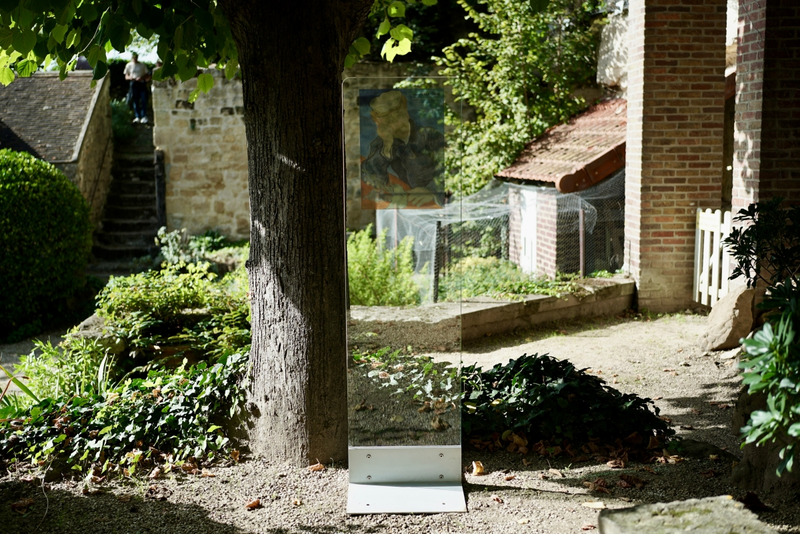
The front yard of Dr. Gachet's house is very tranquil and beautiful, making it an ideal place for convalescence.
After arriving in Auvers, Van Gogh stayed in a cheap hotel in town, subsisting mainly on bread and potatoes. His small pleasures in life included a bottle of cheap red wine. He spent almost all of the monthly allowance sent by his brother on painting supplies. Dr. Gachet, who recognized Van Gogh's talent and was enthusiastic about his work, would occasionally invite him to his home for a good meal. Van Gogh, unable to afford models, was happy to paint portraits of the doctor's family. "Marguerite Gachet at the Piano," created with "Van Gogh's Palette," is one of those portraits.
On that day, Van Gogh forgot to bring his own palette, so Dr. Gachet lent him his. "I painted Miss Gachet’s portrait, which you’ll see soon, I hope. The dress is pink. The wall in the background is green with orange spots, the carpet red with green spots, and the piano dark violet. It’s one meter high and 50 cm wide. It’s a figure I enjoyed painting—but it’s difficult," Van Gogh described this oddly proportioned "double-square painting" in a letter to his brother Theo.
(Note: A "double-square painting" refers to a painting made by combining two square canvases. Van Gogh painted many double-square paintings during his time in Auvers, but most of them were landscape paintings that created a panoramic visual effect, except for "Marguerite Gachet at the Piano.")
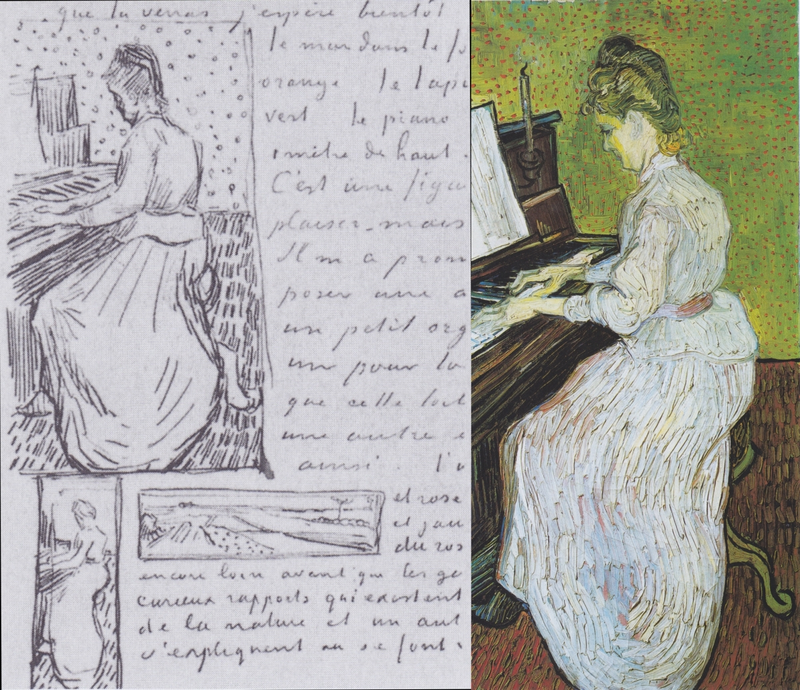 "Marguerite at the Piano": Van Gogh's letters to his brother are filled with extensive painter's notes. (Source: Wikipedia)
"Marguerite at the Piano": Van Gogh's letters to his brother are filled with extensive painter's notes. (Source: Wikipedia)
Entering Virtual Reality Doesn't Necessarily Mean Removing the Frame
Therefore, directors Agnès Molia and Gordon decided to 3D scan this century-old palette and use it as a medium to enter Van Gogh's inner world.
The experience of "Van Gogh's Palette" unfolds as follows: the audience wears the VIVE XR Elite headset, and the portrait of Marguerite is displayed on the wall above the piano. Then, the audience finds themselves in Dr. Gachet's living room. Marguerite's voice serves as the narrator, guiding the audience to understand Van Gogh's creative state step by step. After picking up the palette on the table, you enter the "pigment landscape" of the palette, symbolizing Van Gogh's inner world. In addition to "Marguerite at the Piano" as the introduction, the audience also interacts with four other paintings from this period: "The Church at Auvers," "Portrait of Dr. Gachet," "Wheatfield with Crows," and Van Gogh's last painting, "Roots."
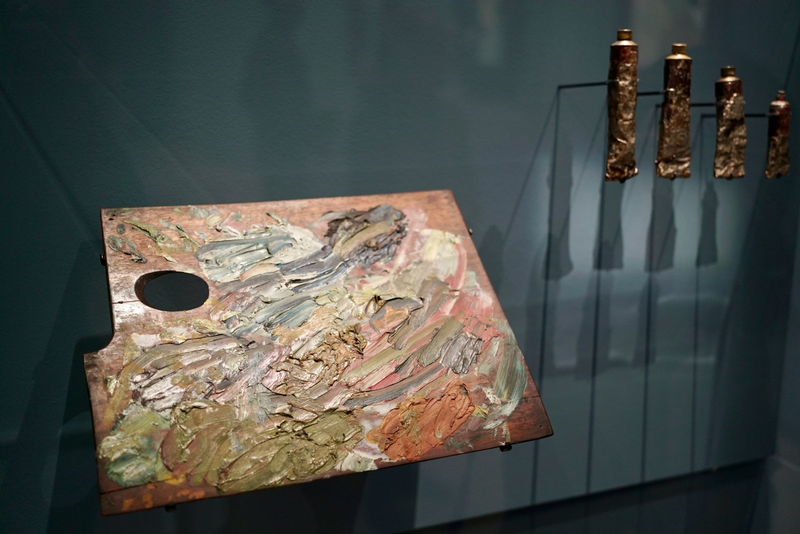
Over the past hundred years, the pigment has lost its vibrancy.
For me, "Van Gogh's Palette" takes an interesting approach. The immersive nature of virtual reality is often seen as a new medium for creation, not only transforming two-dimensional artworks into three-dimensional ones but also allowing the audience to "enter" them. Especially when traditional artworks attempt to combine with VR technology, breaking the frame and entering the painting is an obvious starting point for developers. However, "Van Gogh's Palette" made me reconsider this type of approach. It is not a given that entering the frame is the only option. There are always other creative options worth exploring when creating experiences.
"You let the audience to enter the palette, not the frame," I excitedly expressed my discovery to Chloé Jarry. "Yes, the palette is not the artwork; it's just a tool. We can play with this tool and let the audience enter the palette, while art is something that needs to be learned how to observe," Chloé Jarry further explained. "I think the painter created a 2D environment. And so, to respect the work of the painter, I won't transform his work. But what we want to do is really find a new, innovative, and storytelling way to look at the painting. To observe it, to see some details, to understand the techniques, to appreciate all that. Maybe it's the story of the painting, maybe it's the way it was done."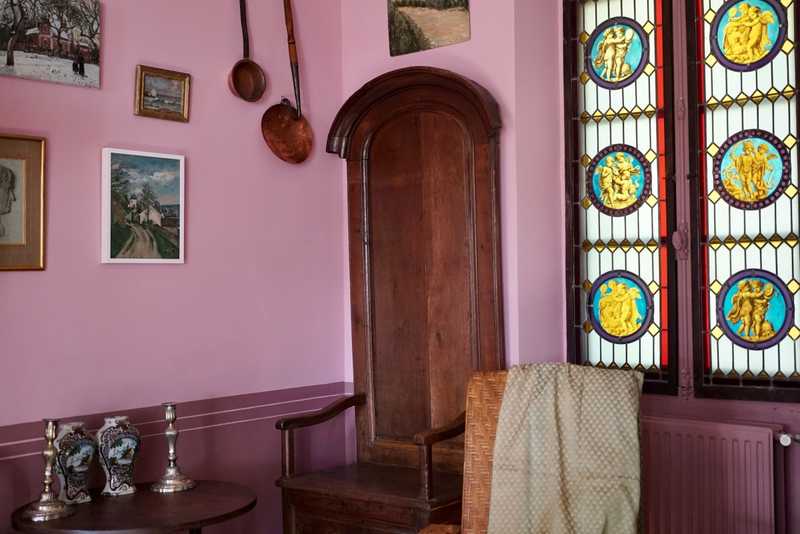 Dr. Gachet's living room.
Dr. Gachet's living room.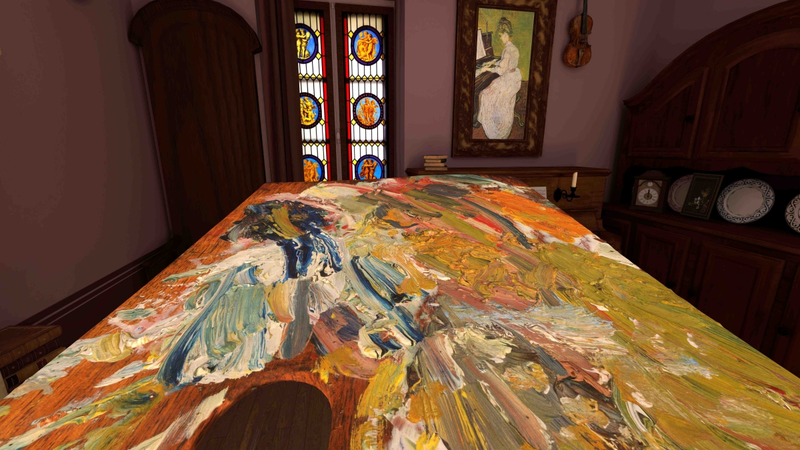
Dr. Gachet's living room recreated in VR.
Entering the world within the frame is one way to experience artwork, as seen in VIVE Arts' collaboration with the Louvre four years ago in "Mona Lisa: Beyond the Glass," which allowed us to enter the scenes within Leonardo da Vinci's brushstrokes. However, in this VR work exploring Van Gogh's life journey, a different approach was taken - entering Van Gogh's world through the palette. The audience stands on the thick paint landscape, enhancing the sense of participation through gamified interactions, while closely appreciating the "depth" of the paintings presented through 3D scanning.
After the interview, and before returning to Taipei from Paris, I arranged to meet with Cher, Chairwoman of HTC, at the restaurant of the hotel where she was staying. I was curious about the position Van Gogh holds in her heart—a life that was short but brilliant.
"In the last two months, Van Gogh managed to paint 74 paintings. This demonstrates his intense passion, perseverance, and dedication," Cher continued. "Virtual reality allows everyone to enter and immerse themselves in Van Gogh's story. For me, this is the purpose of creating digital twins, where the virtual and real worlds complement and enrich each other, enhancing cultural assets. I believe this is the most meaningful thing." So, what's next after Monet at the Musée de l'Orangerie, Da Vinci at the Louvre, and Van Gogh at the Musée d'Orsay?
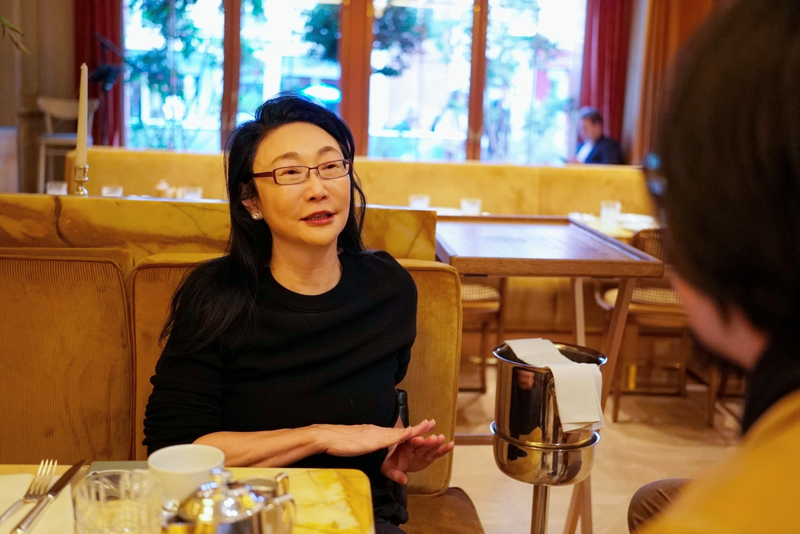 Passion, perseverance, and dedication are all characteristics of Cher.
Passion, perseverance, and dedication are all characteristics of Cher.
The boss always thinks ten steps ahead of us. I received confirmation in Paris: "France's cultural richness is truly remarkable. Our ambition goes beyond 'Van Gogh's Palette.' I told Celina (Director of VIVE Arts) that we should also undertake projects featuring other famous Impressionist painters showcased at the Musée d'Orsay, such as Millet, Manet, Cézanne, and Signac, whenever there is a suitable opportunity." It seems that I will be coming to Paris many more times. So, please stay tuned.

